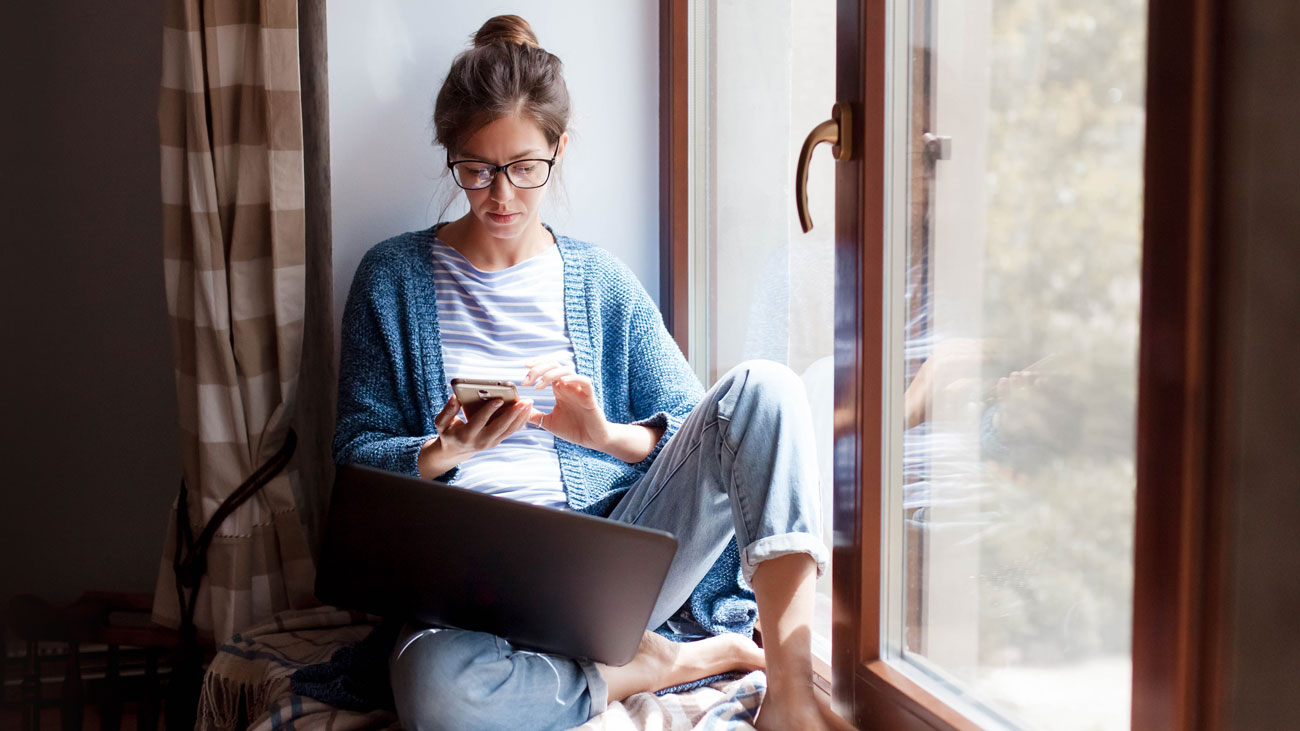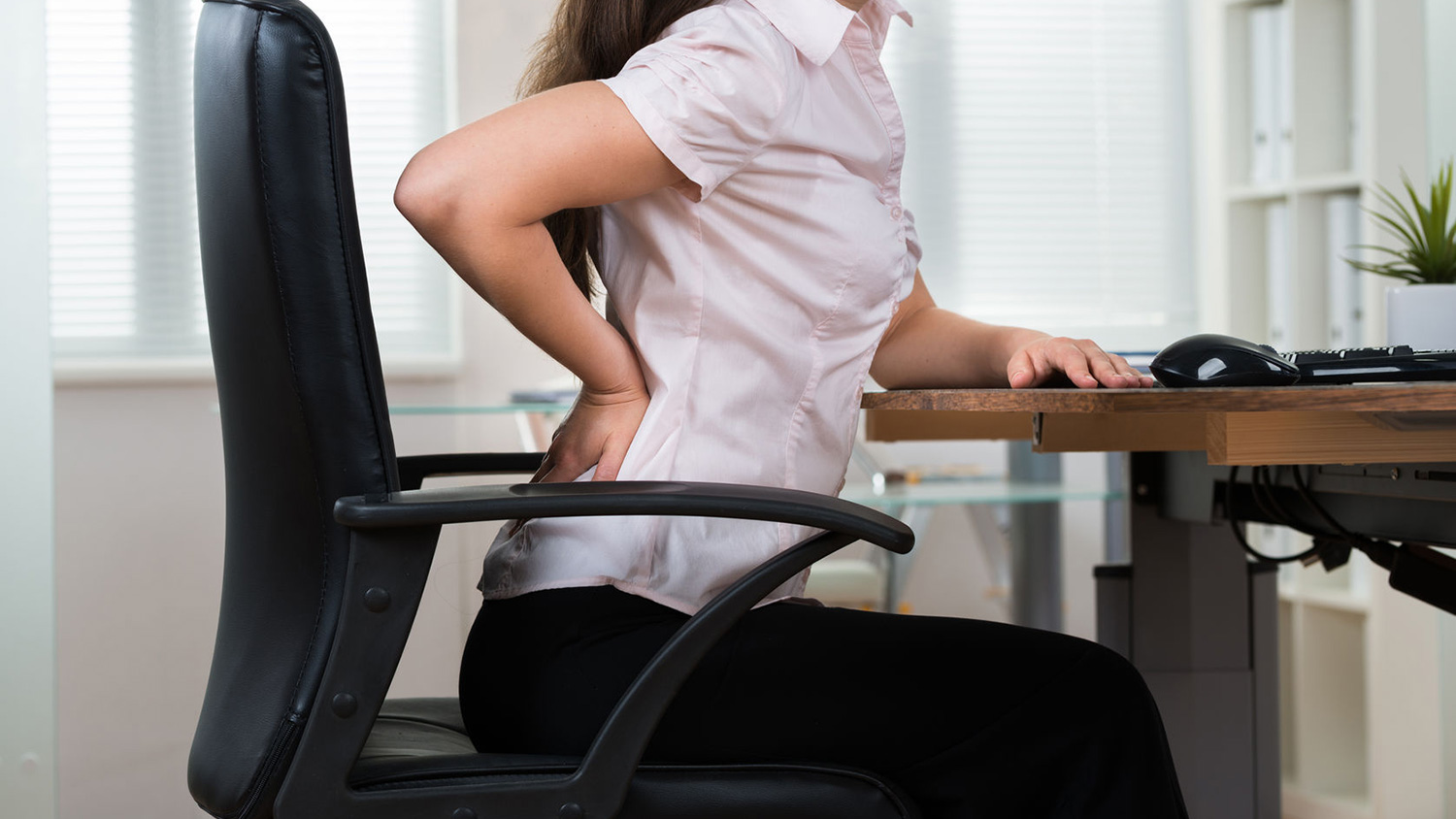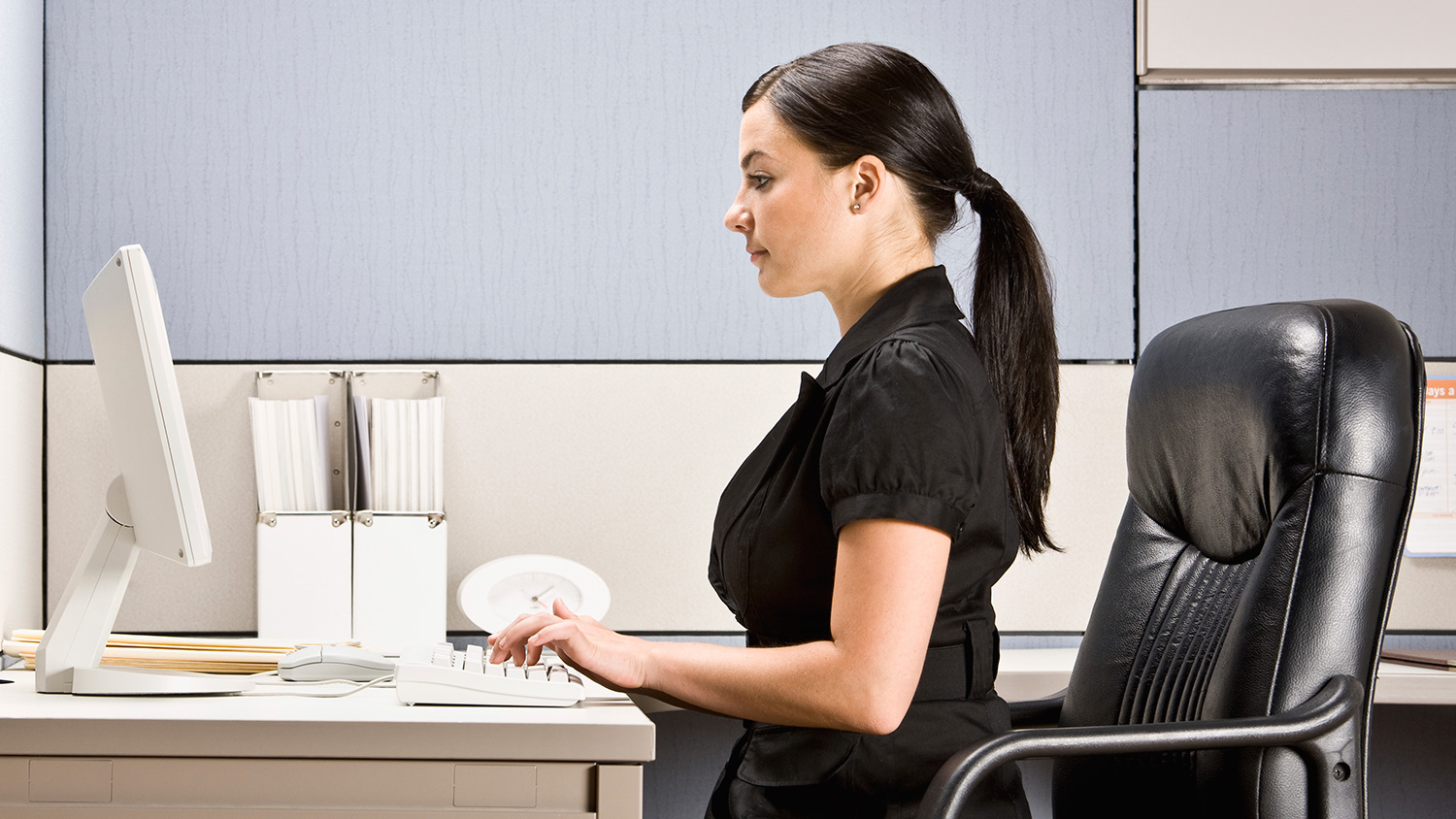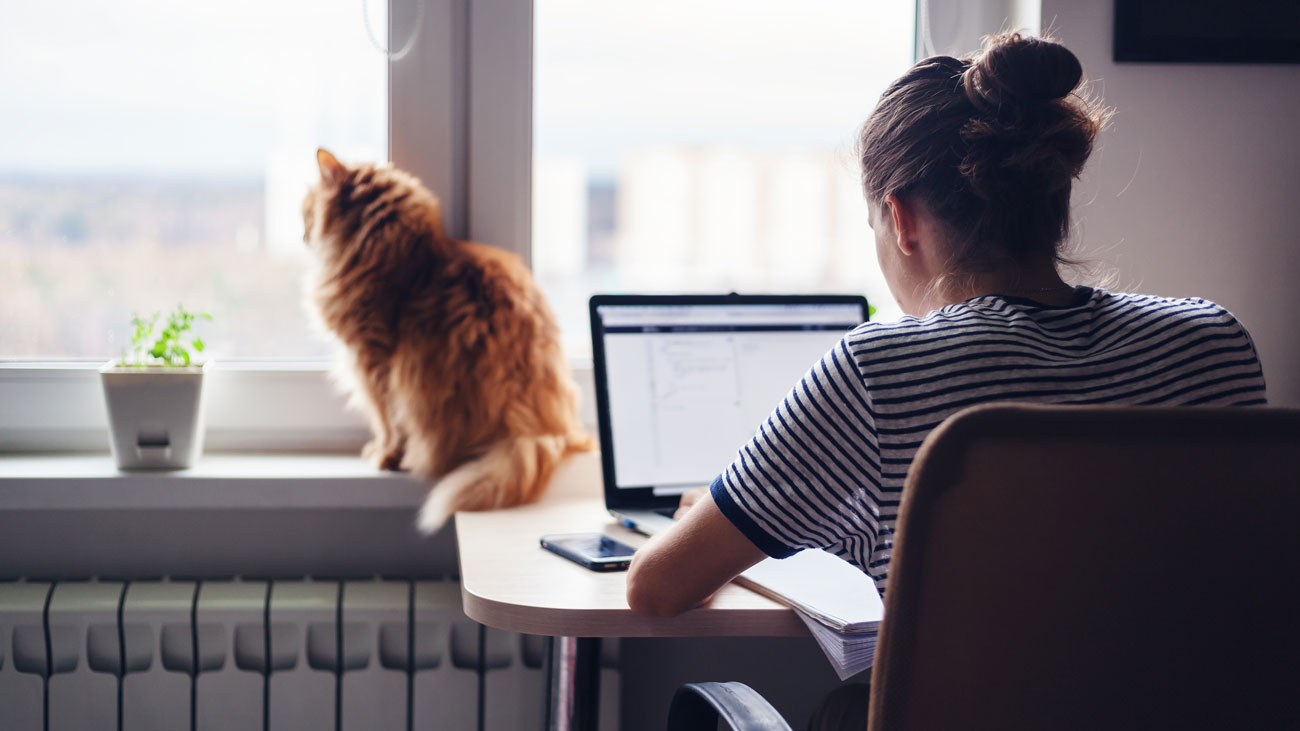
Looking after people working from home – DSE and mental health
Since the Prime Minister’s announcement this week that those who can work from home should go back to do doing so, employers should again be focusing on employees’ home working arrangements, recognising that they have the same health and safety responsibilities for home workers as for any other workers.
When someone is working from home, permanently or temporarily, as an employer you should consider:
- How will you keep in touch with them?
- What work activity will they be doing (and for how long)?
- Can it be done safely?
- Do you need to put control measures in place to protect them?
Working with display screen equipment
Most people working from home will be using some form of display screen equipment (DSE), which comes with its own health risks. The HSE advises that, for those people who are working at home on a long-term basis, the risks associated with using display screen equipment must be controlled. This includes doing workstation assessments at home.
The right position
Employees’ home assessment should include the positioning of their DSE, as well as how they position themselves. The Chartered Institute of Ergonomics and Human Factors (CIEHF) offers the following pointers:
- Look straight ahead, monitor at eye level or just below and an arm’s length away. If using multiple monitors, angle them inwards to reduce neck rotation.
- Give your eyes a break. Every 20 minutes, look 20 feet away for 20 seconds. 20-20-20.
- Elbows and forearms should be level with the desk surface, shoulders down and relaxed. Adjust chair height or prop yourself up with additional cushions.
- Feet should be planted on the floor. A footrest is ideal; alternatively, use a box.
- Keyboard and mouse should be positioned close to the edge of the desk to avoid unnecessary stretching. Don’t shrug shoulders when typing and mousing; lower the work surface or adjust your chair height to avoid this.
- Sit back taking full backrest support. Adjustable chairs are ideal. For more lumbar support, place a cushion or rolled up towel behind you.
- Keep thighs parallel to the floor, knees slightly lower than the hips.
- Regular movement is key. Get up from your chair two to three times an hour for 30-60 seconds or five to ten minutes every hour. Add dynamic stretches to daily routines as well as walking.
The right set-up
The COVID-19 pandemic has meant many employees are using a less than ideal home set-up. CIEHF advises:
If you’re working from a sofa, plant feet firmly on the floor and sit back in the seat. Put your laptop on a book / magazine on a cushion to raise the screen slightly and improve neck posture. Place a cushion behind you for better lower back support. Keep shoulders down and relaxed, elbows by your side and wrists straight. Take a break every 15-20 minutes.
Stand occasionally to work. An adjustable height ironing board is ideal. Alternatively, put the laptop on any flat surface at a standing height. A good regime could be 20 minutes sitting, eight minutes standing, two minutes moving.
If you’re working at a dining table, plant feet firmly on the floor and sit back in the seat. Add a cushion to the backrest if needed. Move the chair close to the table and bring the laptop near to the edge. Try to lift the laptop to eye level and connect a separate keyboard and mouse to encourage a more neutral posture.
There are also some small alterations that can be made to the work environment to make sure you’re comfortable and safe.
Observe the temperature in your work area. When too cold, you may feel more distracted and lose some dexterity in your hands and fingers. If you are feeling cold, you may not be moving regularly enough. When you’re too warm, you can be uncomfortable and tire more quickly. Aim for between 21 and 24°C (ideally 22°C).
Create a good atmosphere around your work area including natural light, plants, flowers and artwork. Increasing the connection to nature around your work area improves productivity.
Try to create a workspace away from your living space to reduce noise distraction. If you can’t, wear earphones or headphones to take calls. Make sure these are fitted well. Adding music to the background or white noise can also help keep you productive.
Keep DSE arrangements under review
As any period of temporary home working extends, the HSE says employers should have regular discussions with workers to assess whether additional steps are needed, for example where they report:
- aches, pains or discomfort related to their temporary DSE arrangements;
adverse effects of working in isolation, on remote IT systems; and/or
working longer hours without adequate rest and recovery breaks.
Where employers decide to make working from home arrangements permanent, they should explain how to carry out full workstation assessments and provide workers with appropriate equipment and advice on control measures.
Stress and mental health
Home working can cause work-related stress and affect people’s mental health.
Being away from managers and colleagues could make it difficult to get proper support. To manage this the HSE advises that you should put procedures in place so you can keep in direct contact with home workers so you can recognise signs of stress as early as possible.
It is also important to have an emergency point of contact and to share this so people know how to get help if they need it.
In order for employees to try to help themselves while working from home, CIEHF suggests that employees are given the following advice:
- If you are struggling, talk to your line manager or HR department. If you are feeling anxious or low, there are a number of free apps that help support mental health wellbeing, e.g. Headspace and Moodfit. If you are finding everyday activities a struggle, contact your GP – many are now doing telephone or video consultations.
Try to organise some regular ‘get togethers’ via conference call/apps. You may be ‘seeing’ each other during online work meetings but sometimes it’s nice to have a chat over a cup of tea, as you would during a break in the office.
Set yourself boundaries and stick to them, e.g. no looking at emails between certain times of day/night, no working on weekends, etc., as applicable to your role.
Try to get outside for a period each day; the benefits of fresh air and being in nature are well documented in terms of mental health and wellbeing.






